How to overwinter tender plants – and keep them safe until the spring
Overwintering tender plants and bulbs is an important fall task that will benefit your yard in future years
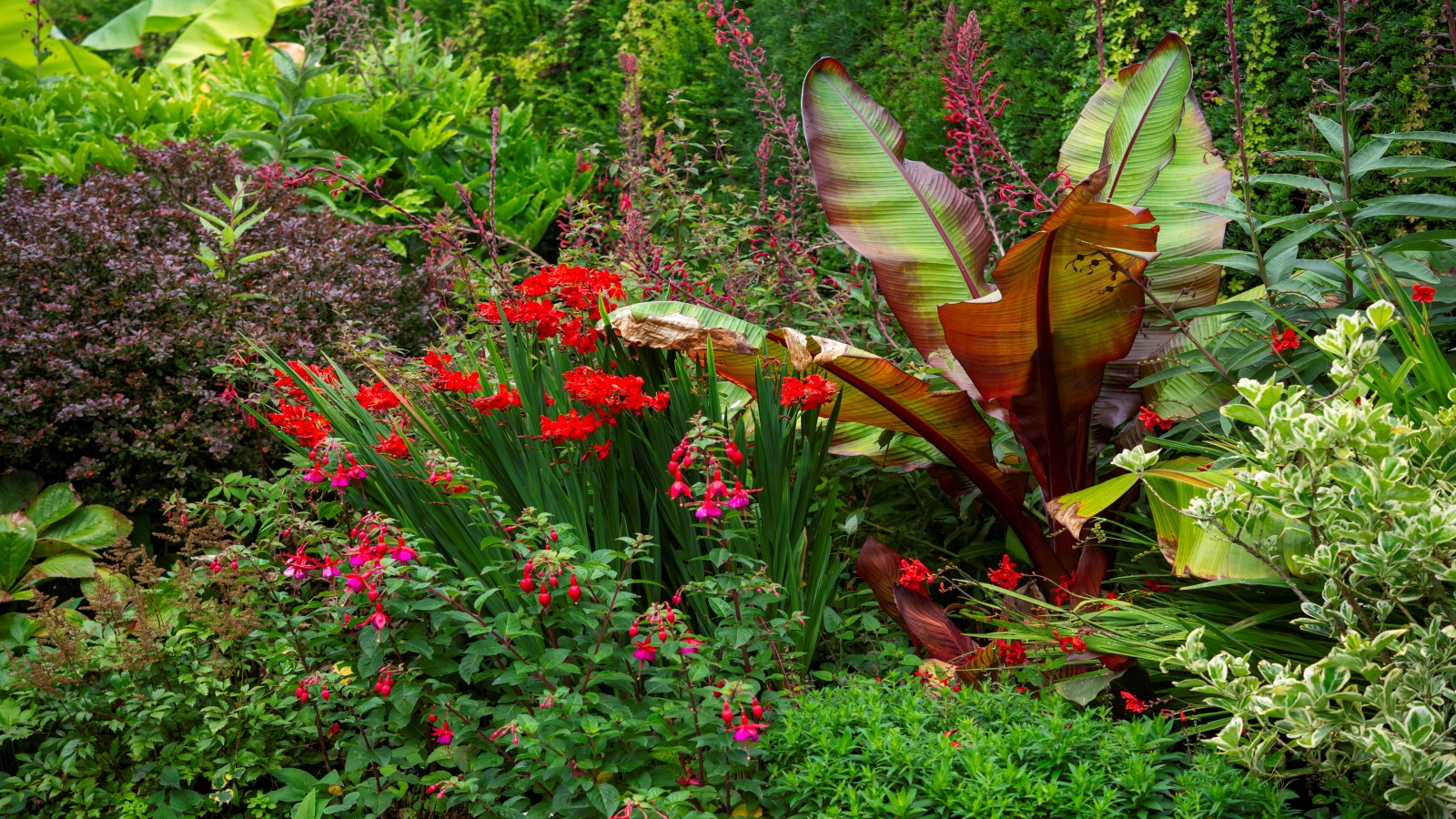

Knowing how to overwinter tender plants is one of the most important tasks in the fall gardening calendar. If you live in any of the colder US hardiness zones, tender perennials, bulbs and tubers, and tender plants that are too large to move undercover, will all need protection if they are to survive the colder months.
Many varieties of tender plants need the gardener's help to get through the worst of the winter weather either by being lifted, wrapped or mulched.
I spend my fall days working to overwinter our garden. In years past, I have usually had to winterize tender plants from hard frosts, but these days, thanks to climate change, I'm more likely to safeguard them from torrential rain and high winds. Here are my top tips for safeguarding your plants and bulbs, both in the ground and in pots, over the coming months.
1. Tender perennials
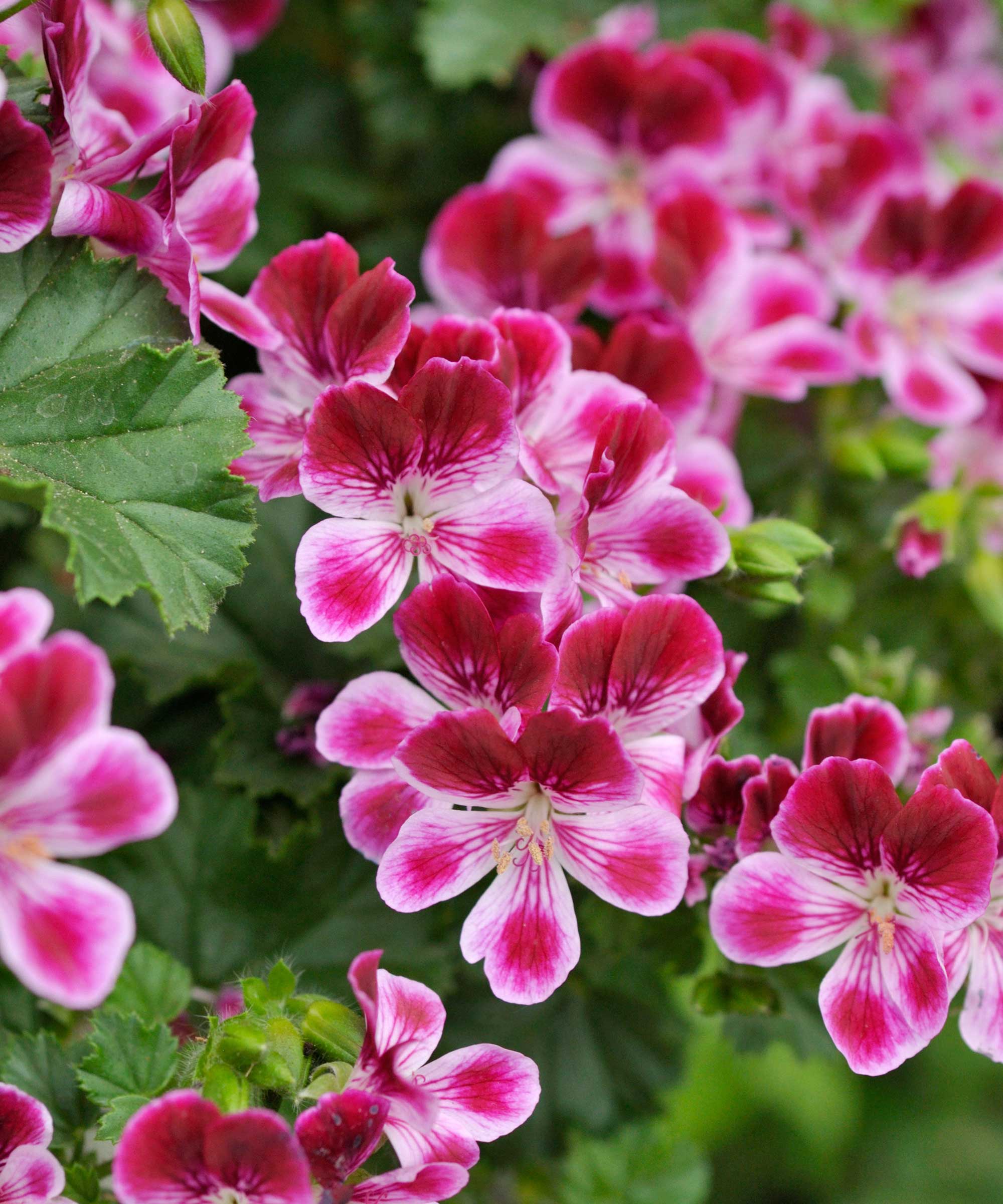
Overwinter your tender pelargoniums by potting them up and storing them somewhere light and frost-free
Before the first hard frost of the fall, small tender perennials growing in the soil and in patio pots should be lifted, potted up in multipurpose compost and overwintered in a frost-free place with plenty of natural light, such as a winterized greenhouse or porch.
Cut their stems and side shoots back to 4in, water when you pot them up, then let their compost dry out. There is no need to feed them as they will go dormant and not require nutrition.
If very cold nights are forecast, cover them with insulating frost fleece such as GonLei plant covers on Amazon that can be cut to size.
Lift the fleece off your plants when the temperature rises as it can trap moisture underneath, causing moulds and rotting.
As spring approaches, plants will start to grow again so gradually resume watering, but pinch out any flower buds that develop because they take the energy needed by the plant for healthy stem and leaf growth.
2. Mature plants in the soil
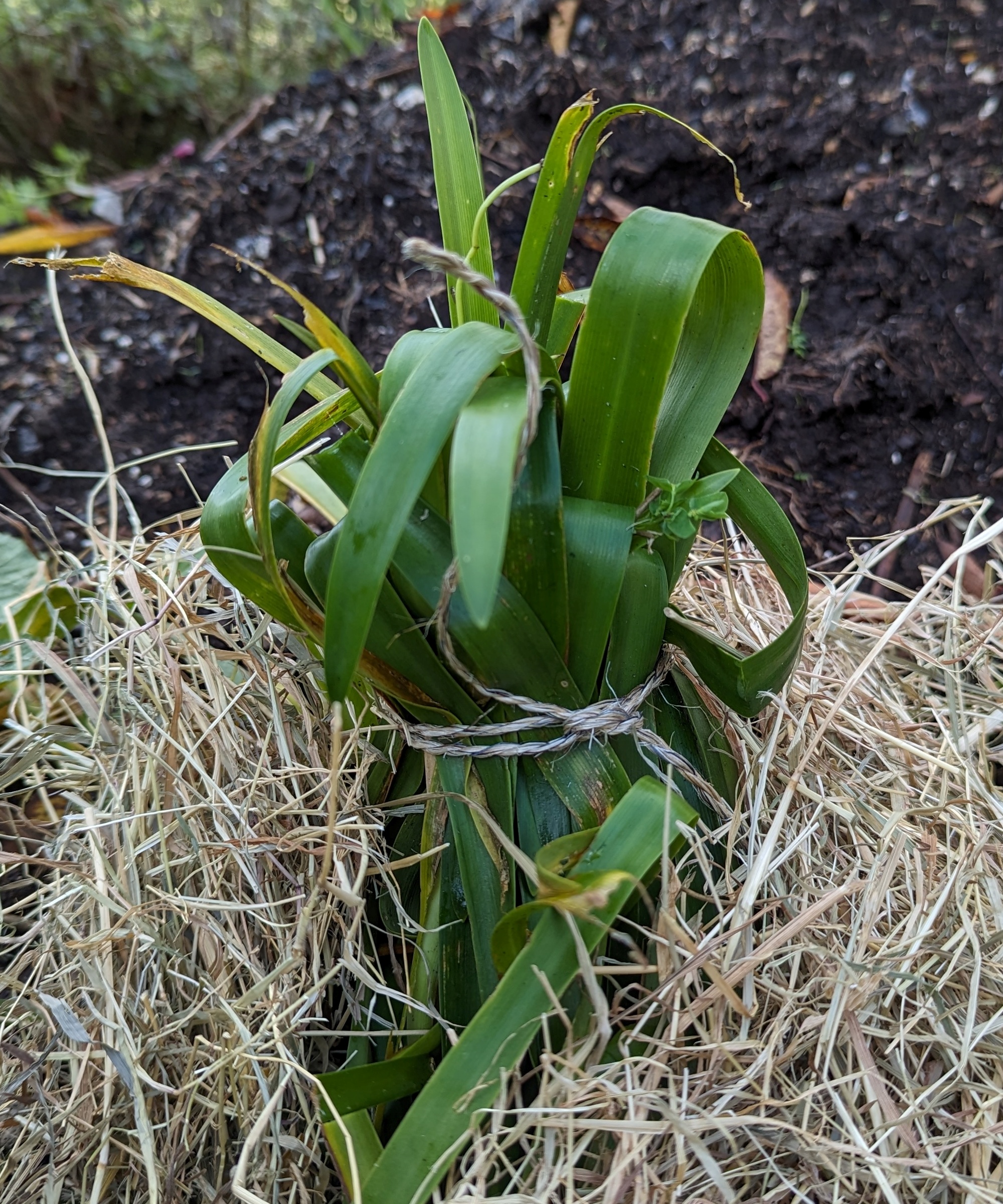
Overwinter tender plants in the soil by cutting back frost-vulnerable stems and mulching their roots
Some larger and more mature tender perennials can tolerate the winter in more temperate hardiness zones once they are protected.
Their top growth may be burned by frosts and winds, but with the right protection you can stop the soil from freezing, so the roots will survive and the plants regenerate when the temperatures rise again in spring.
The easiest way to overwinter these varieties is to cover the root area with a 4-6in layer of mulch, which can be well-rotted manure, commercial potting soil or homemade compost, straw or wood and bark chippings. Avoid covering the crown of herbaceous perennials that have died back as this can cause rotting.
I protect our evergreen agapanthus plants, which are less reliably hardy than deciduous varieties, by folding over and tying the leaves around the crown and then mulching - as shown in the image above.
Create a wire frame around banana plants and tree ferns and stuff it with straw before wrapping the whole thing in layers of fleece or a fleece bag such as these Alpurple winter zipper plant covers on Amazon.
If your backyard is exposed to cold winter winds, make windbreaks out of posts and fleece, or use willow hurdles that diffuse the wind rather than blocking it entirely which can create damaging eddies and gusts elsewhere in the garden.
3. Tender bulbs
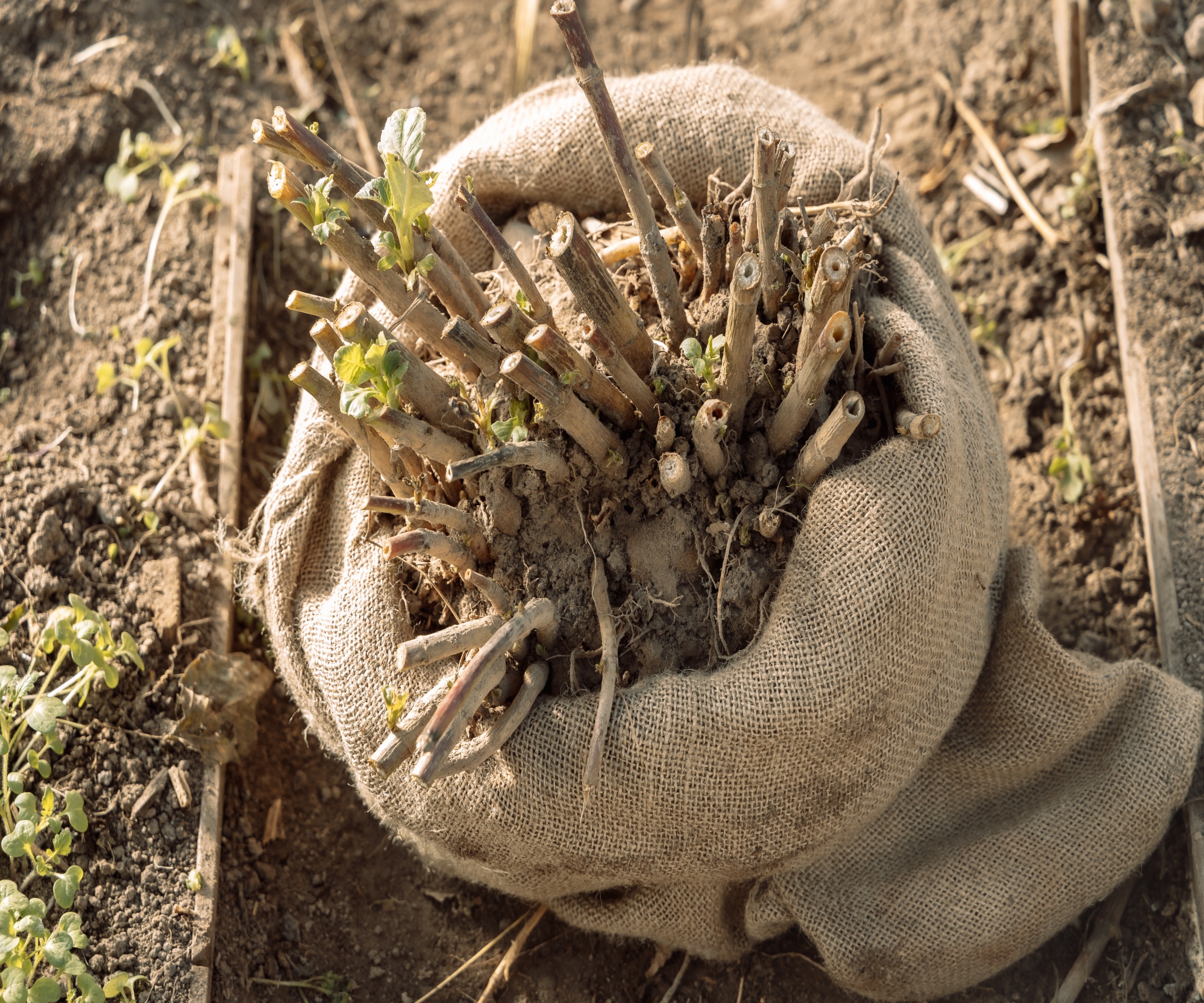
If your winter soil is cold and prone to waterlogging, lift and store tender bulbs and tubers in the fall
The term ‘tender bulbs’ usually refers to plants that are only hardy in the warmer climates found in zone 8 to zone 10. This includes many of our summer- and fall-blooming stalwarts such as dahlias, gladiolus, begonias, canna lilies and calla lilies.
Cut the stems back to 4 inches when the foliage has been blackened by the first frosts and mulch well around the roots, not covering the crown. In colder, wetter areas you will need to lift bulbs and corms as they will rot if left in soggy soil.
Again, wait until the leaves have been touched by frost, then cut them back to 4in and raise the plants from the soil. Never cut off all the top growth because the twiggy dried stems are where the new shoots will emerge next spring.
Carefully shake or brush off the soil and let the bulbs and tubers cure, or dry out, in a cool, dry place for a day or two. You could do this is a sunny patch in the yard as long as rain isn’t forecast
Once they have dried out and you have discarded any that are soft or rotten, either wrap them in burlap sacking or pack them in boxes of dry potting soil, sand, or sawdust and store them in a dark, frost-free place, ideally between 40-50°F (4-10°C).
I always lift, dry and store any tender bulbs I have growing in pots, such as gladioli, as they are more likely to rot or freeze if left in their compost.
Lifting also allows me to check they are healthy before storing. Vine weevil grubs are a common pest of potted plants and if I find any around my potted bulbs I wash them off, then add them to the bird table.
4. Trees and shrubs in pots
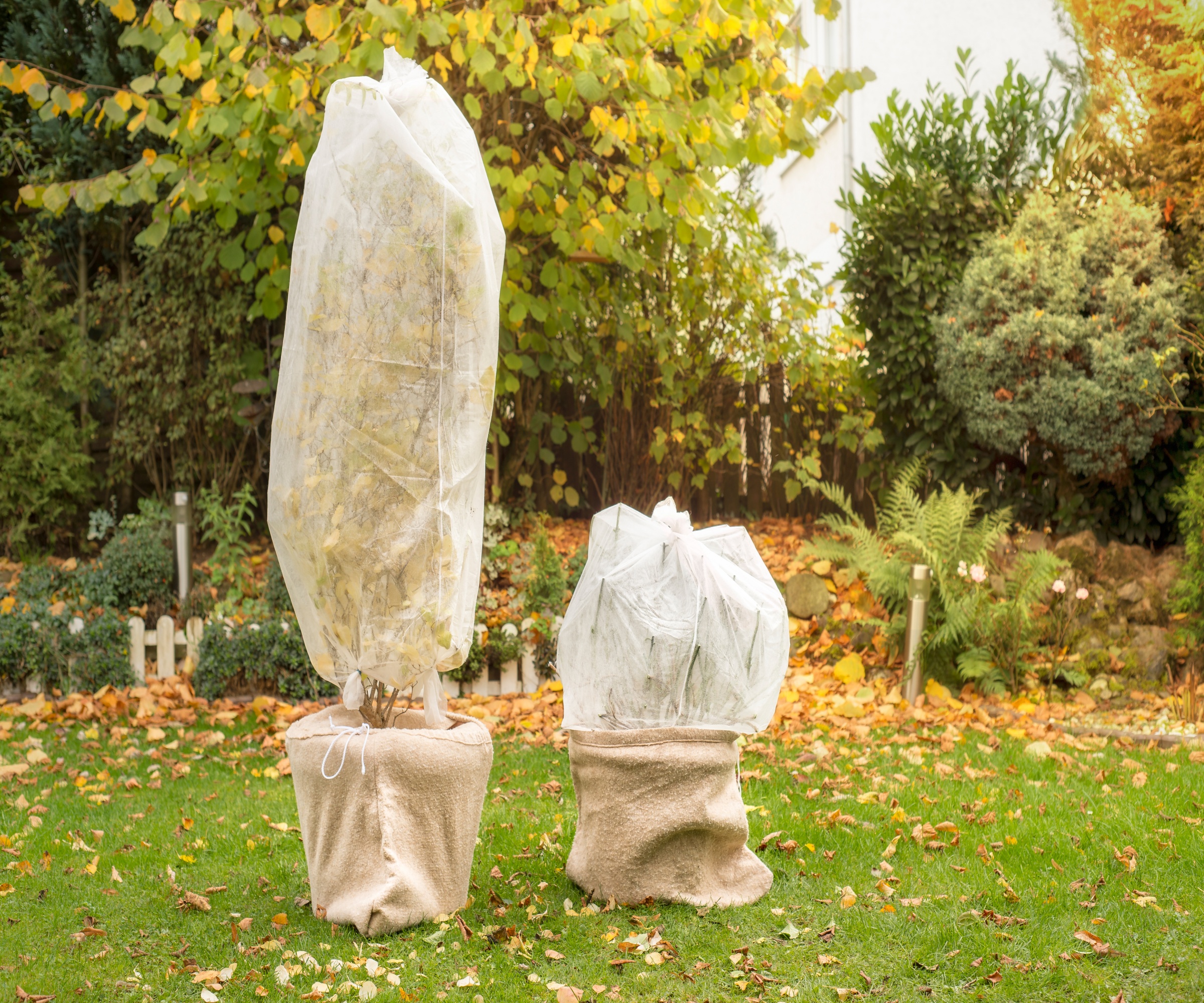
If you can't move tender trees and shrubs undercover in winter, wrap them in fleece and make sure their pots are well insulated
Many smaller trees including low-maintenance trees for pots, fruit trees in pots and flowering trees grow well in containers but need extra winter protection as the limited amount of compost won’t insulate the roots as well as soil.
The first step is to research the optimum hardiness zone of your trees, and work from there. As a rule of thumb, they will need to be treated as though they are hardy in two zones colder than the one you live in. So a tree that’s hardy in zone 5 should be treated to survive in zone 3.
You now have several options, including temporarily ‘planting’ your tree, pot and all, in a large hole in the soil. Of course this may not be practical, in which case you can either move the tree to the most sheltered spot in the garden, or against a wall.
What I usually do with our potted trees that stay outside is layer straw on top of the potting soil then wrap the pot in several layers of fleece and bubble wrap, which I tie in place. Then, if it’s practical to do so, I cocoon the top growth in fleece or a fleece bag.
Always make sure the pots are raised off the ground so excess rainwater and snow melt can escape.
Potted lemon trees are another popular choice and although they can tolerate short spells of cold, prolonged winter weather is not good for them so they need to be brought indoors. Ideally keep them somewhere warm and light, but make sure they are away from direct sources of heat such as radiators.
FAQs
How do I know which of my plants are tender?
The easiest way is to check the plant tag or seed packet when you buy. These should tell you the hardiness zones suitable. If your plants are already in your yard when you move in, ask the previous resident how they looked after them, or look them up on a reliable internet site.
Always bear in mind that plants will not usually survive in zones colder than the one for which they’re rated, but will usually grow in at least some warmer zones. For example, most daylilies are rated as zone 3 or zone 4, but most will also grow in warmer zones, up to Z9.
Are overwintering and winterizing the same thing?
In general terms, overwintering and winterizing are both used to mean preparing your plants and yard for the colder months. Overwintering is usually used about plants, while winterizing tends to refer more to garden equipment and structures, such as lawnmowers, sprinkler systems, pools, outdoor kitchens and greenhouses.
Is overwintering guaranteed to keep plants safe?
Although plants overwintered undercover will be safer than those in the yard, they may still succumb to cold, pests or disease. Keep them as safe as possible by making sure they are protected from cold, but also have adequate ventilation to keep fungal diseases such as grey mould at bay. Open greenhouse doors and windows on warmer winter days, remembering to close them at night.
Pests such as snails and aphids will seek shelter in greenhouses in winter so check your plants regularly and remove unwanted creatures.
As an insurance policy against losses, it also pays to take cuttings when you lift and pot up your plants, including hardwood cuttings from overwintered trees and shrubs. Keep your cuttings somewhere light and frost-free through winter and spring, and when they start to grow pot them up ready for planting in the yard when they are large enough.
In the face of increasingly an uncertain climate, overwintering tender plants is one of those fall tasks that should be done sooner rather than later.
It will be worth it, though, come next spring when you have shelves of healthy plants to return outside to fill your yard with scent and color.
Sign up to the Homes & Gardens newsletter
Design expertise in your inbox – from inspiring decorating ideas and beautiful celebrity homes to practical gardening advice and shopping round-ups.

Ruth is a Contributing Editor for Homes & Gardens, and formerly Gardening Editor of Amateur Gardening magazine. She is horticulturally trained, with a qualification from the Royal Horticultural Society. Her work for Amateur Gardening, the world's oldest weekly gardening publication, involved matching gardening tasks with each season, covering everything from sowing and planting, to pruning, taking cuttings, dealing with pests and diseases and keeping houseplants healthy. She is an expert in ornamental plants and edible crops, and everything she writes about and photographs is in her own garden, that has been a work in progress since her family moved there in 2012.
-
 'Wick away the ick' – 6 things people with clean laundry rooms always do to make this hardworking space shine
'Wick away the ick' – 6 things people with clean laundry rooms always do to make this hardworking space shineThese tips on how to clean your laundry room will banish grime
By Seraphina Di Mizzurati Published
-
 Jennifer Aniston’s bedroom is a ‘goldmine of simple sumptuousness’ – it’s 2025’s version of quiet luxury and so easy to recreate
Jennifer Aniston’s bedroom is a ‘goldmine of simple sumptuousness’ – it’s 2025’s version of quiet luxury and so easy to recreateThe actress's unique space features James Mont-designed lamps and a raised bed inside a walnut plinth – but you can recreate its understated sophistication
By Megan Slack Published